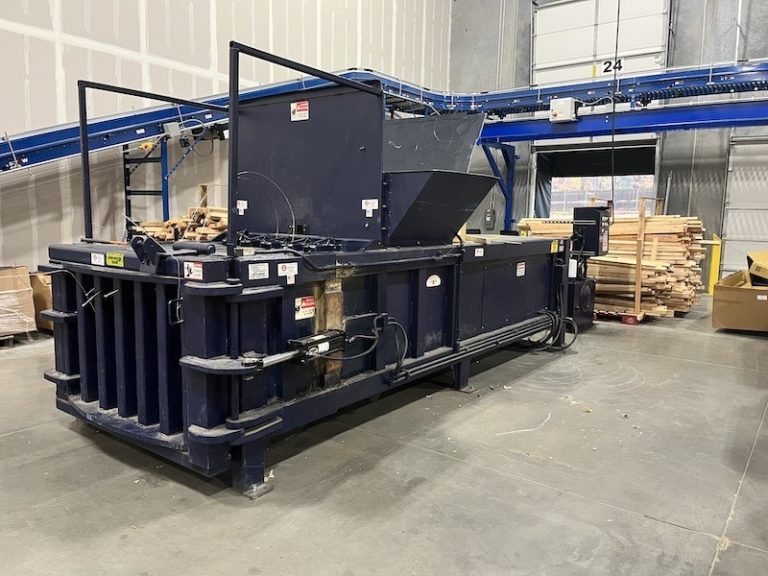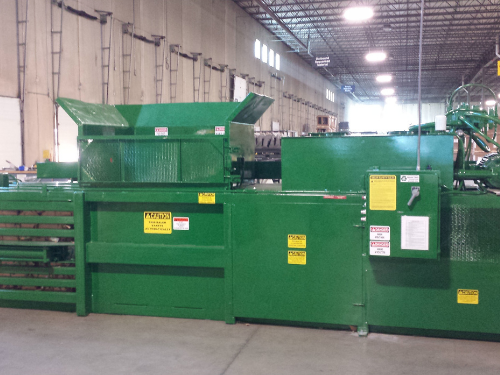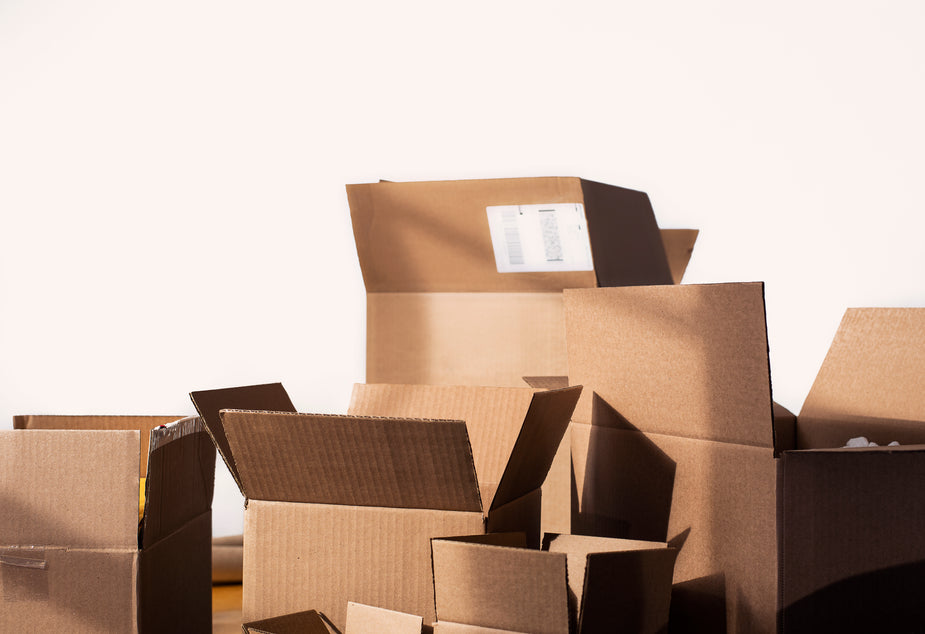
Cardboard Baler Frequently Asked Questions
In an age where sustainability and responsible waste management are at the forefront of global concerns, cardboard balers stand as a vital tool in the recycling arsenal.
From commercial enterprises to eco-conscious individuals, the cardboard baler plays a crucial role in compacting cardboard waste for easier storage and transportation, ultimately contributing to a greener planet. However, navigating the world of cardboard balers can be a complex endeavor, filled with questions about types, functionalities, and maintenance. In this comprehensive guide, we aim to demystify the process and address the most frequently asked questions surrounding cardboard balers.
Whether you’re a seasoned recycling enthusiast or just embarking on your eco-journey, this resource will equip you with the knowledge you need to make informed decisions about incorporating a cardboard baler into your waste management strategy. Let’s delve into the world of cardboard balers and unravel the secrets to efficient recycling.

How Does a Cardboard Baler Work? How do I use a Cardboard Baler?

A cardboard baler is a mechanical device designed for compacting and bundling cardboard waste for efficient disposal or recycling. Its operation involves several key steps:
Loading and Feeding
The process initiates with the loading of cardboard materials into the baler chamber. This can be achieved manually or through automated conveyors for higher volume operations.
Compression and Compaction
Once loaded, the baler employs a hydraulic system to compress the cardboard. This compression reduces the volume of the material, making it more manageable and cost-effective for transportation and storage.
Binding and Baling
After the cardboard is compressed, it is bound together using wire, twine, or strapping. This ensures that the material maintains its compact form during handling and transportation.
Ejecting the Bale
Once the binding process is complete, the baler ejects the compacted cardboard in the form of a neat, dense bale. The bale is then tied securely, and it’s ready for removal.
Safety Mechanisms
Modern balers are equipped with safety features like emergency stop buttons, sensors, and interlocks to prevent accidents and ensure operator safety during the entire process.
Can Cardboard Bales be Recycled? How Can my Company Recycle our Cardboard Bales?
Engage a Recycling Service Provider
Start by identifying a reputable recycling service provider that specializes in handling cardboard bales. These companies often have the necessary equipment and facilities to efficiently process and recycle cardboard materials.
Site Assessment and Pickup Schedule
The chosen provider will conduct a site assessment to determine the logistics of collecting and transporting your cardboard bales. They’ll establish a pickup schedule based on your company’s volume of recyclable material.
Transportation to Recycling Facility
The recycling service provider will dispatch their trucks to collect the bales from your facility. They will then transport them to their designated recycling facility.
Recycling Process
At the facility, the bales undergo a thorough recycling process. This includes sorting, cleaning, shredding, and forming the cardboard into usable material.
How Much do Companies Pay Per Cardboard Bale?
Market Fluctuations
The price of recycled cardboard fluctuates over time due to changes in supply and demand, as well as economic conditions. For example, during periods of high demand for recycled materials, prices may increase.
Quality of Cardboard
Higher quality cardboard, which is free from contaminants and well-sorted, tends to fetch a higher price in the recycling market.
Location
Prices can vary significantly based on geographic location due to differences in transportation costs, access to recycling facilities, and regional market conditions.
Negotiations with Recycling Companies
The specific terms and pricing for recycling cardboard are typically negotiated between the company generating the recyclables and the recycling service provider or buyer. These negotiations may also depend on the volume of material being recycled.
Government Subsidies or Incentives
In some regions, governments may offer subsidies or incentives for recycling initiatives. This can affect the price that companies pay for recycling services.
Additional Fees or Costs
Depending on the recycling service provider, there may be additional fees associated with transportation, sorting, and processing of the cardboard.
What type of Cardboard Should Be Placed in the Baler?
The cardboard baler is designed to handle specific types of cardboard to ensure optimal efficiency and safety. It is advisable to place clean, uncontaminated cardboard in the baler. This includes:
Corrugated Cardboard
This type of cardboard is characterized by its wavy inner layer, providing structural integrity. It’s commonly used in packaging boxes and shipping materials.
Cardboard Boxes
Any intact cardboard boxes, including shipping boxes, packaging cartons, and other similar items, can be placed in the baler.
Cardboard Packaging
This encompasses cardboard inserts, dividers, and packaging materials commonly found in shipments.
Cardboard Tubes and Cores
These cylindrical cardboard pieces are often used as inner supports in rolls of paper, fabric, or other materials.

What shouldn't go in the cardboard Baler?
Waxed or Contaminated Cardboard
Cardboard that has been treated with wax or has come into contact with hazardous materials should not be placed in the baler, as it can cause damage and contamination.
Cardboard with Plastic Coating
Cardboard that has a plastic coating, commonly found in some packaging materials, should be excluded.
Food-Soiled Cardboard
Cardboard that has come into contact with food, grease, or other organic substances should be kept out of the baler to prevent contamination.
Non-Cardboard Materials
Items like plastics, metals, and other non-cardboard materials should not be placed in the baler, as they can damage the machinery.
Cardboard Balers Conclusion
In conclusion, delving into the world of cardboard balers unveils a wealth of benefits for businesses and the environment alike. From efficient waste management to cost savings and sustainability, these machines are indispensable tools in modern recycling efforts. Remember, the journey towards a greener, more efficient operation begins with the right knowledge and tools. Embrace the power of cardboard balers and take a significant step towards a more sustainable future. Happy baling!
Learn more about our Cardboard Balers and Compactors.
